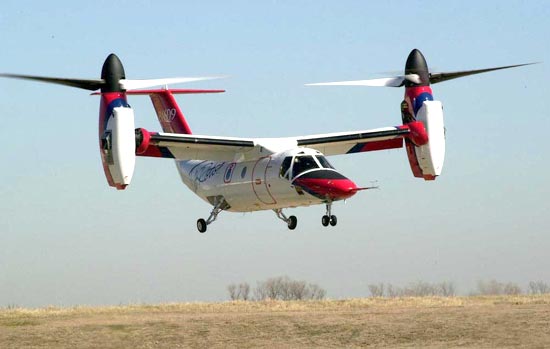- Joined
- Jul 17, 2007
- Messages
- 6,577
- Reaction score
- 740
In my Sci Fi novel I have 2 people injured in a remote area who will need a hospital big enough to have a major trauma center with neurosurgery capability. That is 125 miles away.
This is set 20 years in the future where technology has improved in theory, but in many places is not cost efficient to implement. The distance is such that eventhough it's basically a straight shot by highway, the regs of the day don't want ambulances driving high speed on a regular basis so they want air ambulances to get them off the road. So in a place where all the major medical surgical emergencies are diverted from small towns to big cities, would it be more efficient for small towns to utilize helicopters or smallish planes/jets to transfer patients?
This would be taking into account too many variables for me to figure out, like FAA regs, prep time to get something into the air, fuel efficiency, flight time, etc. Assume for the sake of the argument that municipalities have had time to dedicate a medical or emergency use only landing strip.
This is set 20 years in the future where technology has improved in theory, but in many places is not cost efficient to implement. The distance is such that eventhough it's basically a straight shot by highway, the regs of the day don't want ambulances driving high speed on a regular basis so they want air ambulances to get them off the road. So in a place where all the major medical surgical emergencies are diverted from small towns to big cities, would it be more efficient for small towns to utilize helicopters or smallish planes/jets to transfer patients?
This would be taking into account too many variables for me to figure out, like FAA regs, prep time to get something into the air, fuel efficiency, flight time, etc. Assume for the sake of the argument that municipalities have had time to dedicate a medical or emergency use only landing strip.
Last edited:



